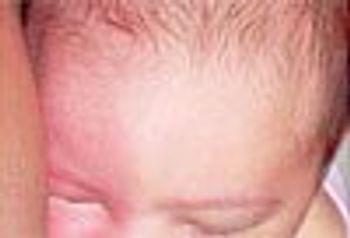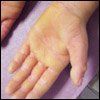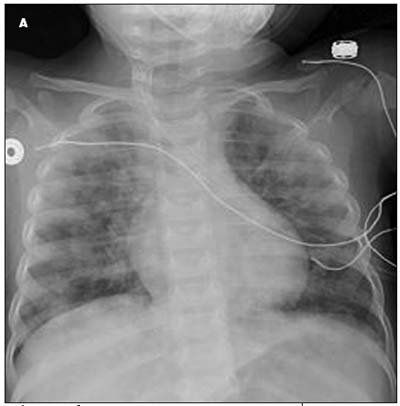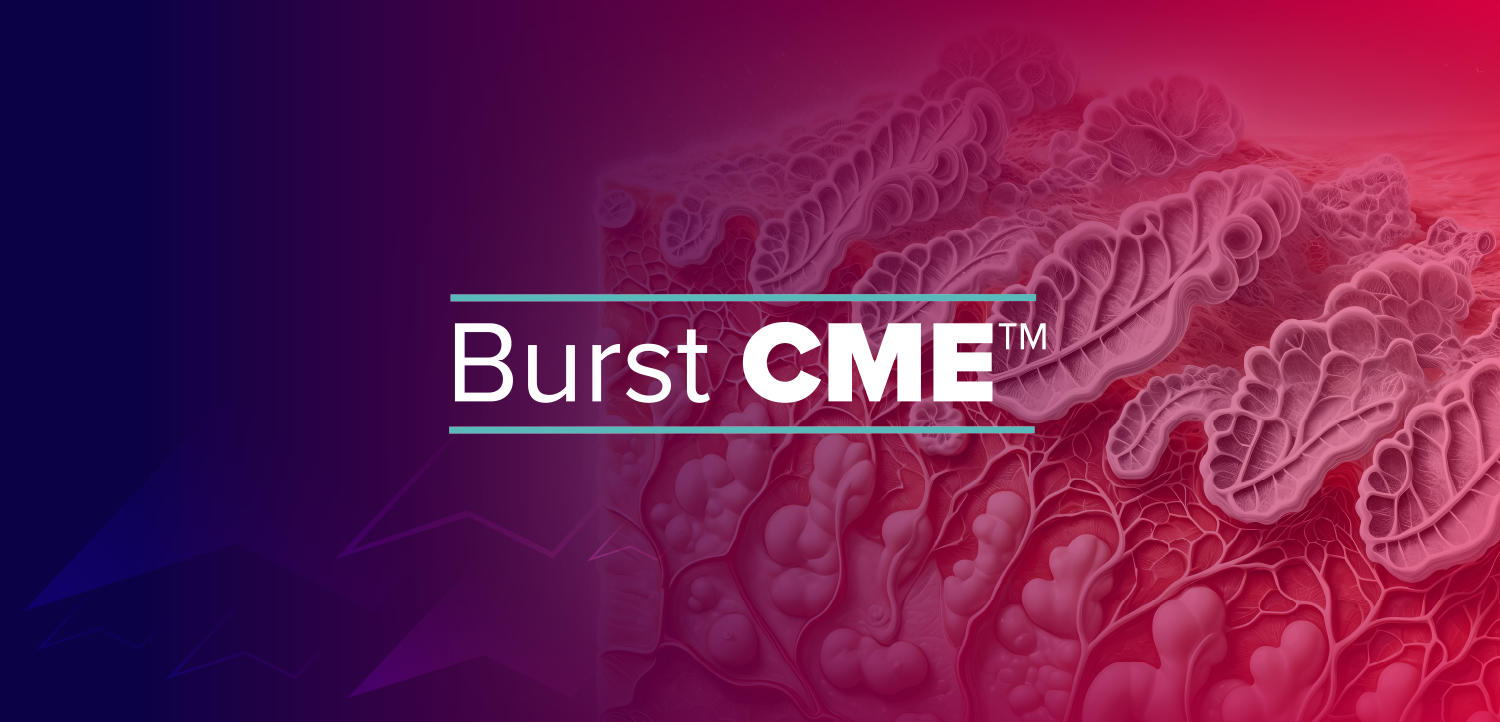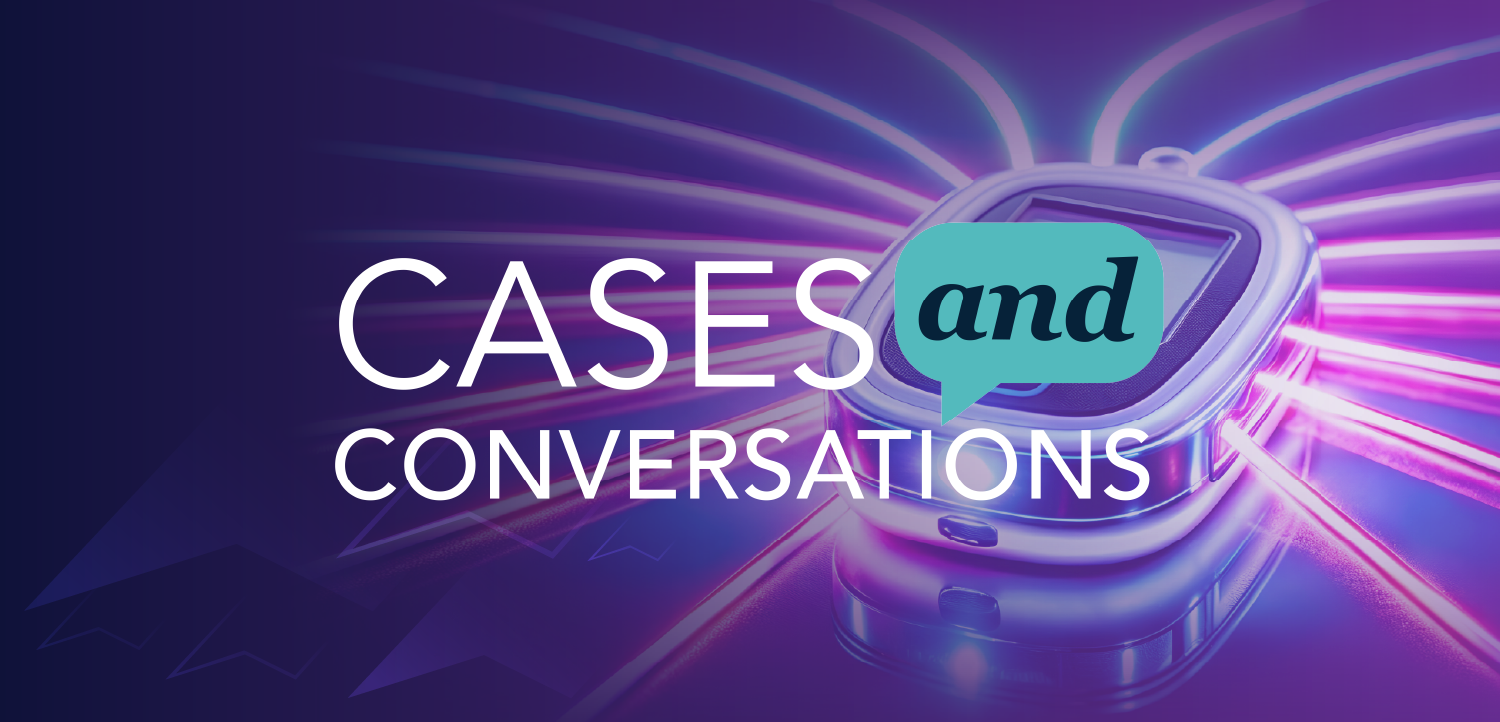Severe disability and even death can result from the inappropriate diagnosis and treatment of a young child's wheezing, which is heterogeneous in its origins and expression. Consequently, a differential diagnosis is necessary to determine the cause and to develop an effective management strategy. Viral-induced wheeze, especially from respiratory syncytial virus (RSV), manifests as a bronchiolitis. Recent reports show that the cysteinyl leukotrienes are an important mediator of the airway effects of RSV infection and that leukotriene receptor antagonists reduce postrespiratory syncytial virus lung symptoms. Exercise-induced bronchoconstriction manifests as wheezing and can be treated or pretreated short-term with inhaled bronchodilators or cromolyn: long-term therapy includes inhaled corticosteroids and leukotriene receptor antagonists. Allergic rhinitis-associated wheeze may be the result of acute exposure to an allergen or simply from nasal dysfunction. Control of allergic rhinitis with intranasal steroids, antihistamines, or leukotriene receptor antagonists could relieve the wheezing. Asthma-associated wheeze requires long-term use of 1 or more daily controller medications. The primary goal is to navigate the child safely through the first episode of wheezing, consider the causes of the wheeze, and then evaluate the need for further therapy. All apparent causes of wheeze should be treated with the idea that if the apparent cause turns out not to be the actual cause, treatment can be safely discontinued.
